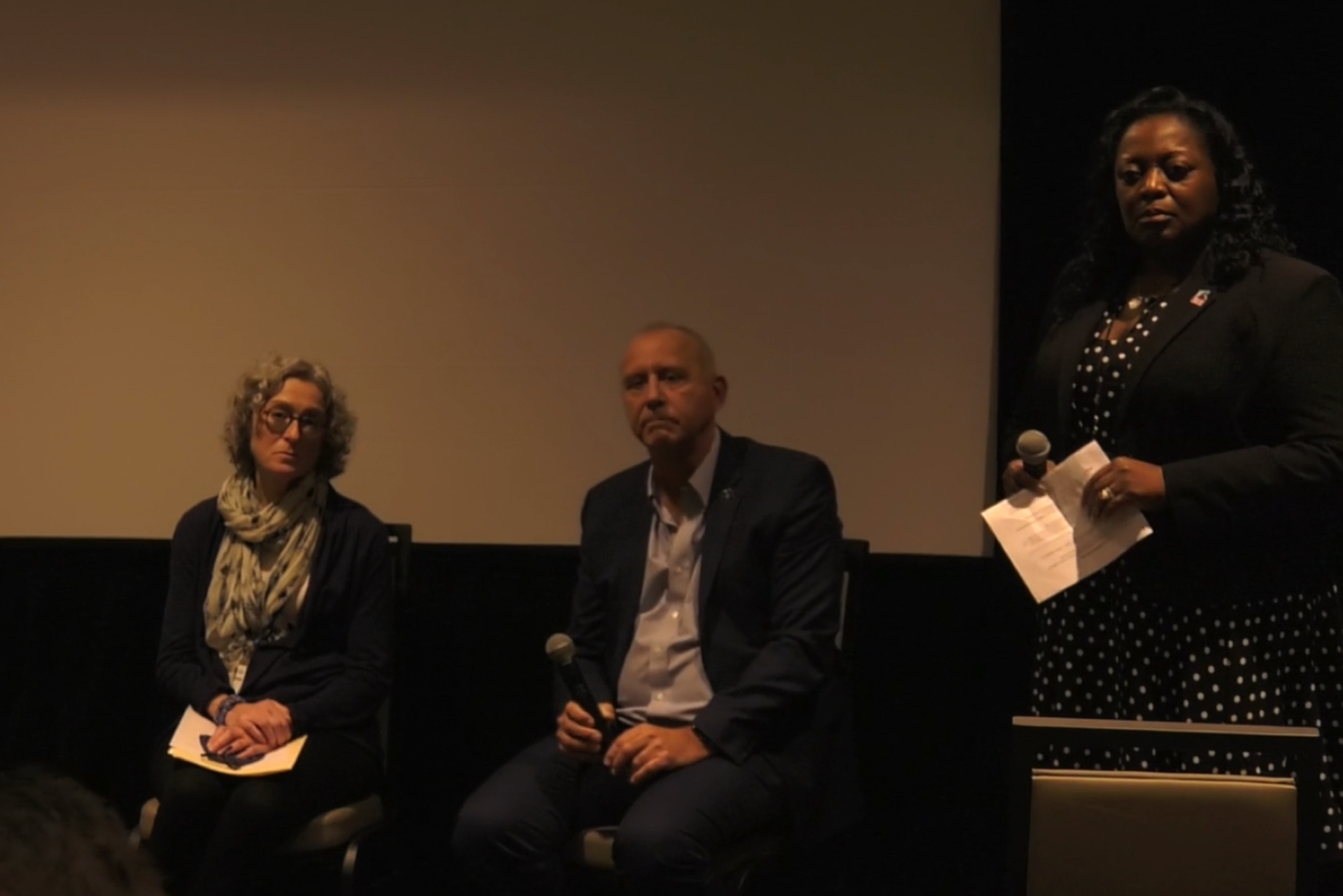As associations look to expand and add value for their members, finding a way to fund those improvements can be a challenge.
We reached out to Robin Lokerman of Acceleration Investment Partners to tell us about how the organization is looking to change that with an innovative funding model and partnership program that helps associations evaluate growth opportunities and attain the financials to achieve them.
(Editor's note: Acceleration Investment Partners is a partner for the digitalNow 2021 conference, which is presented by Sidecar.)
This interview has been edited for length and clarity.
Who is AIP and what are you trying to accomplish?
AIP is a partnership of association professionals, together with equity investors. We call them impact investors because they’re financial investors, and what we want to do is help associations to transform, innovate and grow in the post-COVID world.
It's all about innovation and enhancing their impact. We do that by giving strategic advice, but also funding for them to invest in digital transformation and developing new products and services for a changing audience, and that's really what the goal is.
It's a consultancy, but more importantly, it’s an equity provider.
How are you different?
We have raised $30 million to invest in association products – this is the first time equity investors are investing in associations. We developed the model through a for-profit subsidiary. We can do that because associations, of course, don't normally have shareholders.
We allow associations to monetize their key assets. Associations have assets that are not listed on the balance sheet – their trade shows, their publication, their certification program, their online learning programs. All of these products, in many for-profit businesses, are on their balance sheet because they’re assets of the company.
In associations, they're not on the balance sheet, so we allow them to be monetized by spinning them off in a for-profit entity in which our funders are taking a minority stake – like 20% or 30% – to give cash to the association, which they can invest in their growth and in impacts to their communities.
What inspired you to help found AIP?
I am a long-term association executive and a past chair for ASAE — actually, the first non-US board member of ASAE — and then became chairman of the foundation and have been on the executive committee for four years. I've been working all my life with associations, but always in an association management company.
I saw that during COVID, a lot of associations were struggling with the new business models that they needed to go after. The revenue streams that traditionally came from face-to-face meetings and conferences have changed. And we believe they will change in the long run, so there's a lot more demand for digital. Some organizations have been very, very quick to transform to digital, others have had problems doing that. But all of them have had the business model disrupted and the revenue sources changed.
I felt we needed to find a way for associations to get some equity so they can actually invest in marketing automation and digital community capabilities. It's not just technology. It's also the type of people that it requires to manage these kinds of content-driven communities.
And not all associations have this capital, so I started looking at other organizations in the education world. In academia, it's very, very common that universities and medical schools have for-profit subsidiaries where they invite venture capital or private equity to take an investment to help them develop content or research or new products that they then bring into the university for execution. And I thought, hey, that's a very interesting model. Why don't we do that for associations?
What are you looking for when choosing investments?
We're looking at innovation, new ideas and organizations that have monetizable assets that at least make half a million in profit for the association. It could be a certification program, an online learning system or it could be a conference or tradeshow.
We look at the assets, and we actually do our own research and have a research team that will look at other competing certification programs here or around the world. Do we believe there's growth potential in what they're doing? What do they need to do to grow?
Another thing we were looking at is an association that would like to buy a for-profit competitor. And they seem to come to an agreement but the association doesn't have enough cash to buy out that competitor. They can use us as kind of a co-financer to help generate the cash that the acquisition needs.
We believe there's a lot of opportunities for consolidation and collaboration between for-profit and not-for-profit. Associations could become much more inquisitive of content and knowledge in their sector, but that is done by commercial providers, and we believe there are opportunities for acquisitions there.
It requires a special organization; it’s very unconventional. But having worked all my life in associations, I believe we live in a time that associations need to become more unconventional because there's a lot of pressure from different sides, and this is a way for them to really think outside the box and innovate differently, and learn lessons from for-profit companies.
What programs should associations be investing in?
Virtualization of a meeting, hybridization and the monetization of hybrid. Any virtual platform that engages people digitally is going to be very critical in the future.
Globalization, anything to make your content more accessible to stakeholders outside of your traditional boundaries. That includes content licensing, and all these kinds of things. There are all kinds of opportunities for organizations to start monetizing their content in different ways.
And then finally, everything to do with mergers and acquisitions. Organizations need to be much more collaborative but also more aggressive in buying some very innovative commercial organizations in their space.
Why do you think it’s important that associations start thinking differently?
Because the world has been in the process of changing. We've seen a growing trend from digitalization going up and association relevance going down. Younger people are not interested in traditional organizations and COVID has just accelerated that trend.
Now, a lot of groups that were digitally transformed pre-COVID have done extremely well. And they're really enhancing their impact. Some groups that have not been able to make that change are hurting, and thinking that business will come back the same as it was before to me is an illusion.
There are ways of growing your influence and growing your competency by acquiring components that may be available and better developed in a more startup, commercial or entrepreneurial environment than in an association environment. And they need to start managing these things in a different way if they really want to be a forward-looking organization that's ready for a more agile, quicker world.
Written by Jose Triana
Source: Sidecar Global
View other posts
Swipe for more







